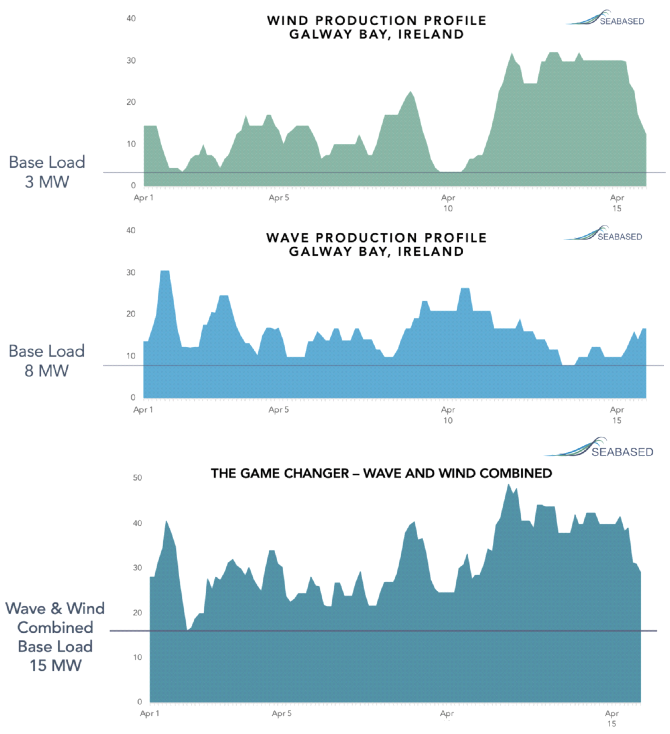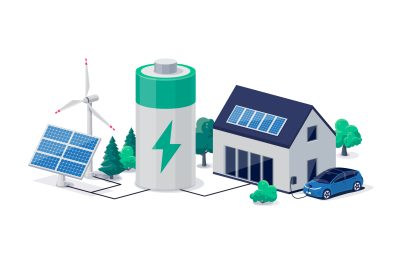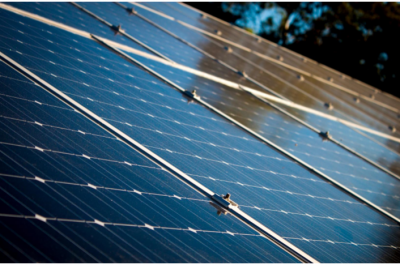Predictable and renewable power – energy’s unicorn?
Globally, the most common utility-scale renewable energy sources are wind and solar. The technologies are proven and improving, they are cost-effective to build, own and operate, and they produce low-cost electricity. The problem, however, is their unpredictability – the wind doesn’t always blow, and the sun doesn’t always shine.
This means such sources require the support of ‘firming’ generation from gas, hydro, batteries or coal to ensure reliability of power and security of supply.
Predictable renewable energy sources would deliver the ultimate win-win for a clean environment and reliable, cost-effective generation – but is there such a thing? Ocean energy could hold the answer.
An umbrella term for all forms of renewable energy derived from the sea, ocean energy could offer the solution to providing predictable clean energy. Analysis suggests, these sources could provide 10 per cent of global energy consumption by 2050 [1].
The most common forms of ocean energy are tidal and wave.
What is tidal energy?Produced as a result of lunar gravitational pull, as well as the spin of the earth, tides provide a natural and consistent form of kinetic energy. Underwater tidal generators operate conceptually in the same way as wind turbines. As the density of water is greater than air, the power output from a tidal turbine far exceeds that of a wind turbine. Added benefits exist in that tidal farms require far less space than either wind or solar farms. While tidal turbines are more expensive to build and maintain than wind turbines, they can provide energy on a more consistent basis through the predictable nature of tidal flows. This decreases the need for storage systems to balance supply and works efficiently off-grid and on-grid. As a result, tidal turbine technology can provide an efficient solution to the problem of supplying power to remote islands, especially those which would usually rely on diesel generators. |
What is wave energy?Winds moving across the surface of the ocean form waves which store a large amount of energy that is only dissipated when they break onshore. This wasted energy can be extracted by a number of devices on the surface, underwater or in reservoirs [1]. Wave energy uses turbines above the surface of the water and while more dependable than wind and solar energy, it is still less predictable than tidal energy. |
Hybridisation for better performance
As wave energy is less predictable than tidal, it works best coupled with other energy sources.
When paired with wind energy, wave energy can provide a more constant supply of power for remote islands and communities.
A study by Seabased in the UK [2] demonstrated the benefits of combining wave and wind energy to provide a stable supply of power to the grid. The study used historical data collected from Galway Bay in Ireland, which showed that the combination of wave and wind power could more than double the baseload available to the grid.
The study also demonstrated that wind output power displayed higher variability compared with wave output power over the same time period. As shown in Figure 1, the baseload of the hybrid off-shore wind and wave system is greater than the sum of the baseload of off-shore wind and wave system alone.

Figure 1: Wind, wave and hybrid wind-wave production in Galway Bay, Ireland [2]
Therefore, ocean energy sources can be a viable complement to solar and wind generation in providing reliable and predictable power to the grid.
A key challenge to wide-scale deployment however is the investment and installation costs [3].
Potential for tidal and wave energy in Australia
Australia is exploring tidal and wave energy, though both technologies are still in early research and development.
Despite Australia’s large ocean energy resources, unclear economic feasibility and environmental impacts have slowed their deployment. For example, in the late 1990s, a tidal power station proposed to be installed in Derby in Western Australia was reassessed several times until 2013, when environmental approval was given. The power station, however, has yet to be developed.
Therefore, understanding the economic and technical feasibility along with potential environmental impacts will help to foster the deployment of ocean energy technologies.
The Australian Renewable Energy Agency (ARENA) [4] has provided funding for several ocean-energy projects to help enable policymakers understand how ocean energy could contribute to Australian’s energy mix, as well as reduce the dependency on fossil fuels.
| Australia’s wave energy resource is one of the largest in the world. A study by CSIRO estimated that wave energy could contribute to approximately 11 per cent of Australia’s energy needs by 2050 [5] |
A trial project, funded by ARENA, to install a 200kW wave energy system off King Island’s coast in Tasmania aims to feed electricity into the island’s microgrid, providing a reliable supply of renewable energy and reducing reliance on diesel generators.
Tidal energy has been explored in a partnership project between ARENA and the University of Tasmania. The project aims to map Australian tidal energy resources and assess their economic feasibility and ability to contribute to the nation’s energy needs. The project mapped Clarence Strait and has identified promising locations for tidal energy generation in that region and others [6].
Tidal and wave technologies are still at an early stage of commercialisation. More research and development are needed to better understand the economic and technical benefits from ocean energy and how they can contribute to the Australian energy mix.
References
| [1] | “WEC types,” [Online]. Available: https://www.bt-projects.com/wp-content/uploads/documents-public/Wave/MPS-2017-Making-Wave-Power-Work.pdf. |
| [2] | [Online]. Available: https://www.seabased.com/news-insights/wave-and-wind-are-the-new-hybrid-renewable-energy-source. |
| [3] | ARENA. [Online]. Available: https://arena.gov.au/renewable-energy/ocean/. |
| [4] | “List of ARENA Ocean Energy Projects,” [Online]. Available: https://arena.gov.au/projects/?project-value-start=0&project-value-end=200000000&technology=ocean&page=2. |
| [5] | CSIRO. [Online]. Available: https://www.csiro.au/en/Research/OandA/Areas/Marine-technologies/Ocean-energy. |
| [6] | [Online]. Available: https://oceanenergygroup.org.au/austen-tidal-energy-update-mapping-australias-tidal-energy-resource-1871/. |



